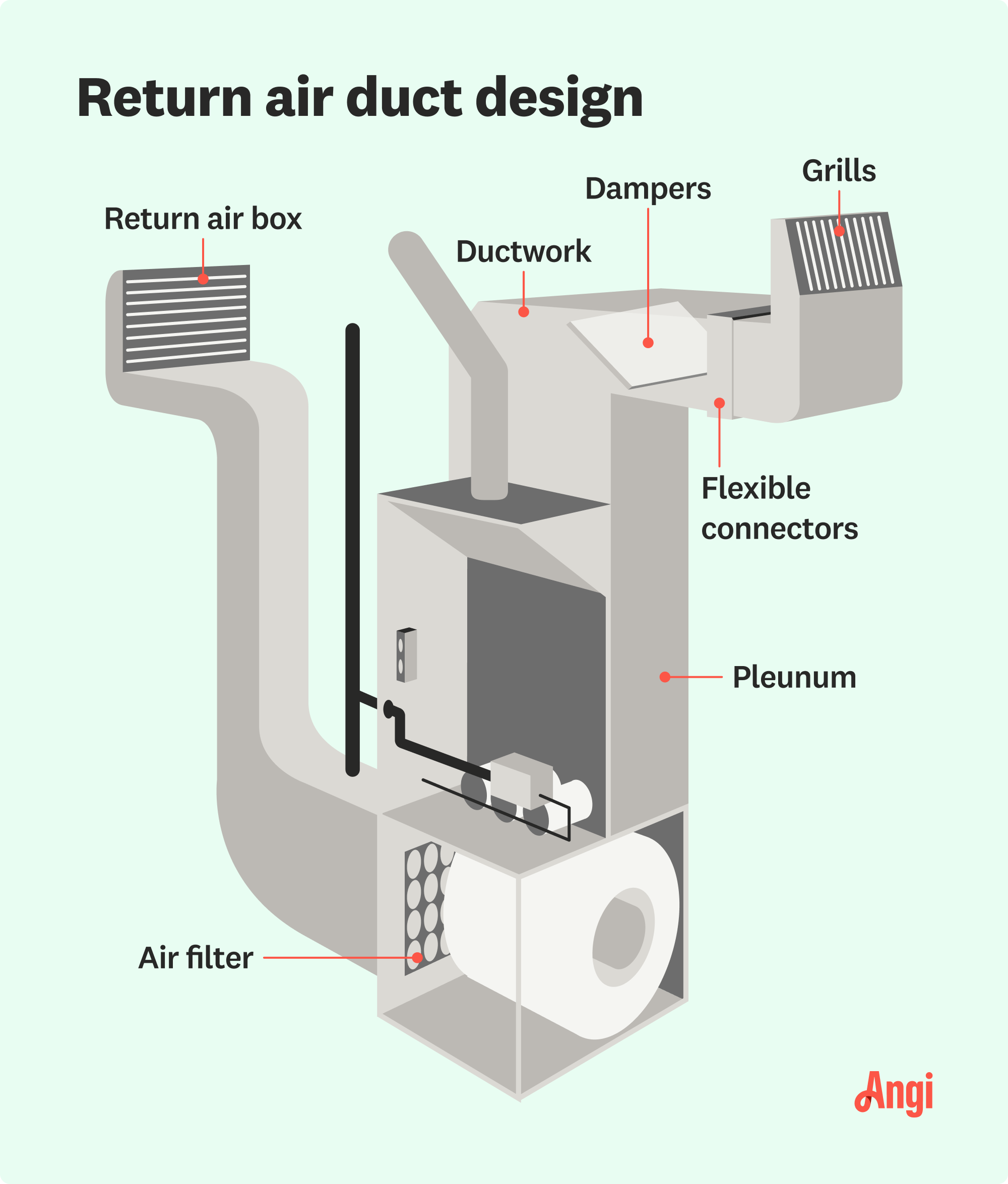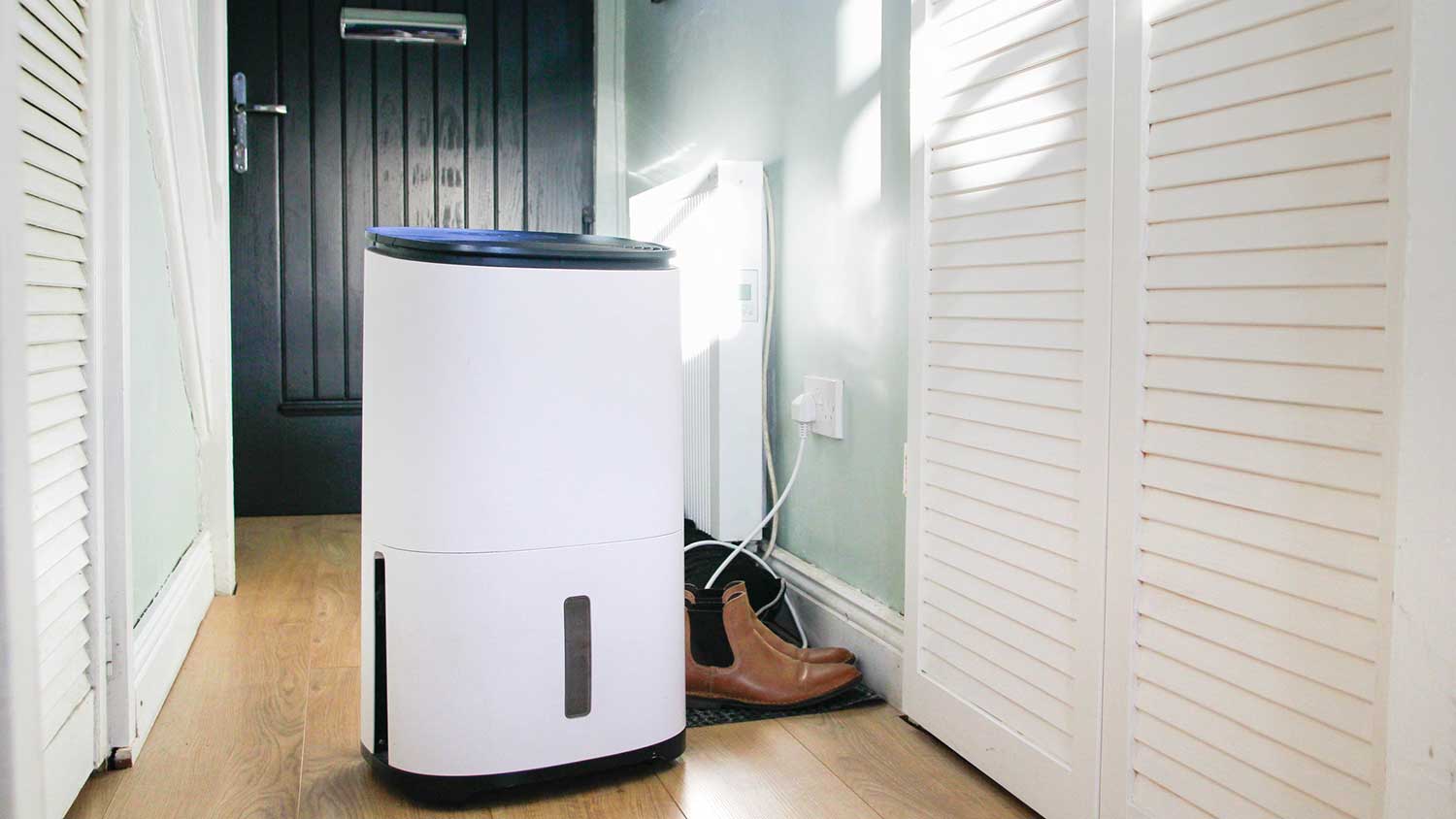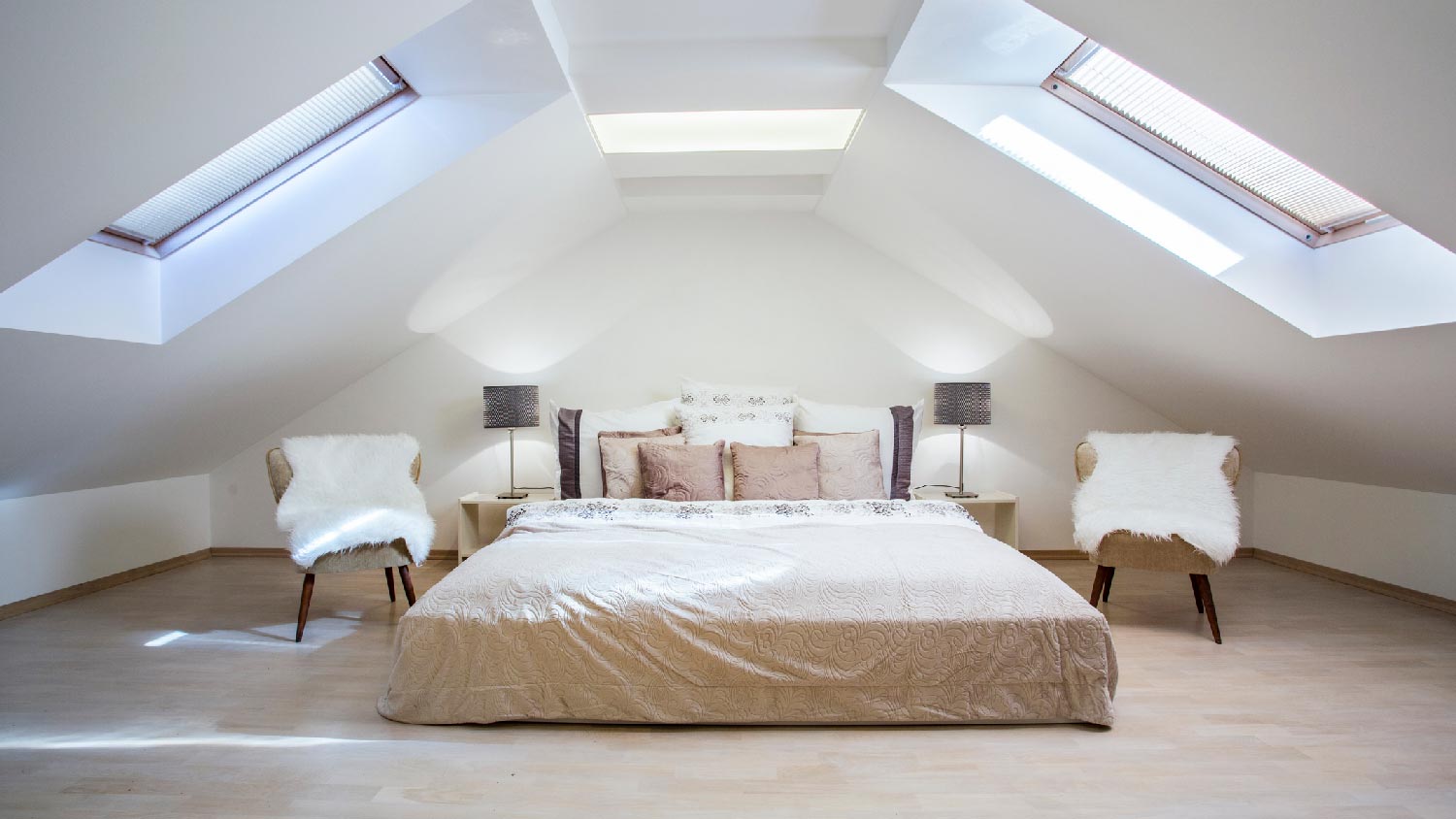What to Know About Return Air Duct Design
Essential components for optimal HVAC function


The return air duct helps pull air from a room into your HVAC system.
Homeowners can complete some return air duct maintenance tasks.
Air duct replacement costs $450 to $2,180, depending on the size of the home.
You enjoy the fresh, comfortable air from your home's HVAC system—but have you ever wondered how the air gets drawn in? That's where return air ducts come in.
Your home's return air duct system has several important parts that help your HVAC system work smoothly. Each part is key in balancing airflow and filtering your home's air. Learn about return air duct design to better understand how your HVAC works.
What Is a Return Air Duct Design and How Do the Parts Function?
HVAC systems feature two main air functions: return air versus supply air. Return air is drawn from the rooms back into the HVAC unit for reconditioning and recirculation. Supply air is the conditioned air that comes out of the HVAC unit to provide heating or cooling.

1. Return Air Grills
Return air grills, sometimes called registers or vents, are the entry points for air to return from the rooms to the HVAC system. Grills are installed on walls or ceilings and designed to be aesthetically pleasing while providing adequate airflow. How many return vents you need depends on the size of your home.
2. Return Air Ducts
This part of the ductwork carries the air from the return air grills back to the HVAC unit. They can be made from various materials, including sheet metal, fiberglass, or flexible ducting. Proper sizing and installation are crucial to minimize resistance and noise.
3. Plenums
Plenums are large ductwork sections connected to the HVAC unit that distribute the return air to the individual return ducts. There are two types of plenums in a return air system: the return plenum and the supply plenum. The return plenum collects air from return ducts and directs it to the HVAC unit.
4. Air Filters
Located in the return air path, air filters remove dust, debris, and other particles from the air before they re-enter the HVAC unit. Regularly maintaining and replacing these filters are essential for good indoor air quality.
5. Return Air Box
This component, located near the HVAC unit, collects air from multiple return ducts and directs it into the return plenum. It acts as a central hub for the return air system.
6. Balancing Dampers
These are adjustable dampers installed in the return ducts to control airflow and balance the system. They help ensure the return air is evenly distributed from all rooms, optimizing system performance and comfort.
7. Flexible Duct Connectors
These connectors reduce vibration and noise transmission between the return air ducts and the HVAC unit. They provide flexibility and prevent rigid connections that could transmit noise and vibrations.
8. Zone Dampers
In zoned HVAC systems, zone dampers control airflow to different areas or zones within the home. These dampers are located in both supply ducts and return ducts. As part of the return air duct system, zone dampers regulate the return air from each zone. If you're wondering how to identify supply and return ducts, you can perform a simple test on the vents to see whether the air blows in or out.
How to Maintain Return Air Duct Parts

Maintaining the components of a return air duct system will help keep your indoor air quality high. Many of the maintenance tasks are DIY-friendly. You can regularly inspect and clean return air grills and ducts to prevent dust buildup, which can restrict airflow and reduce system efficiency.
You should also replace air filters and adjust balancing dampers according to the manufacturer’s recommendations.
More complex maintenance tasks, such as inspecting and maintaining plenums, return air boxes, and flexible duct connectors, should be left to your local HVAC technician. HVAC pros can identify and repair leaks, which will save you money in energy costs.
Quality ductwork will increase the efficiency of your HVAC, sometimes even by 20-30%. This is so because there is reduced air leakage due to better insulation and more optimized airflow. Because this makes your HVAC work more efficiently, it really doesn't have to work too hard to keep the desired temperature; thus, its energy consumption is lowered directly.
Repairing vs. Replacing a Return Air Duct
Deciding whether to repair or replace return air ducts depends on the extent of damage and overall condition of your ductwork. Common return air duct problems include poor airflow, increased energy bills, excessive dust, and strange noises. If repairs don’t improve system performance, it’s time to consider a full replacement.
Minor issues such as small leaks or loose connections can often be repaired. However, significant damage, such as large holes, extensive rust, or corrosion, warrants duct replacement. Consult an HVAC technician to assess the condition of your ductwork and provide recommendations. They have the expertise to determine the most cost-effective and efficient solution, whether that involves repairing or replacing the ducts.
Cost to Repair vs. Replace Return Ducts
HVAC repair costs for ductwork range between $500 and $2,000, while the average air duct replacement cost ranges between $450 and $2,180, with most homeowners paying around $1,250.
Home size factors into the cost as well. Replacing air ducts in larger homes could cost as much as $9,000. The cost to reroute ductwork ranges between $1,500 and $9,000.
DIY vs. Hiring a Pro
Whether to DIY or hire a pro to repair or replace a return air duct depends on the scope of the work. Confident DIYers can certainly handle sealing small leaks or even replacing short sections of ductwork.
However, more extensive damage leading to poor airflow or a full-on duct replacement requires an HVAC professional. Duct installers near you ensure proper installation, improving air quality and lowering energy bills. If you're unsure what to do, consult a professional who can help determine whether a DIY fix is sufficient or if expert intervention is needed.
Frequently Asked Questions
The standard rule for return duct sizing is that the return vent should be the same size or larger than the supply vent. This will ensure balanced airflow in your home and reduce strain on your HVAC system.
Do not install air ducts in kitchens, garages, bathrooms, or furnace rooms because those spots experience high humidity and contaminants, including odors and possibly carbon monoxide exposure. When moisture or fumes enter your HVAC system, they reduce indoor air quality, potentially posing a health and safety hazard.
In most homes, the best spots for return air ducts are in central open areas, typically across from a supply vent. Also, if you live in a warm climate, they should be placed high on the walls to remove heat buildup. The opposite is true for colder climates. Remember to avoid blocking vents placed lower on walls with furniture to optimize efficiency.





- Furnace Repair
- Air Conditioning Repair
- HVAC Repairs
- Furnace Installation
- Wood & Pellet Stove Repair
- Dehumidifier & Humidifier Repair
- Heat Pump Companies
- Swamp Cooler Repair
- Wood Stove Services
- HVAC Companies
- Commercial A/C Repair
- Geothermal Installation
- Air Conditioning Installation
- Boiler Repair
- 24 Hour Furnace Repair
- Geothermal Repair
- Heat Pump Repair
- Humidifier Installation
- Thermostat Repair
- Thermostat Installation
- Nest Installation
- Heating & Cooling
- Heating Repair
- Furnace Cleaning
- Furnace Tune-Up
- HVAC Technicians
- Subcontractors
- Furnace Maintenance
- Plumbing & Heating Companies
- Wood Stove Inspection
- Mini Split Installation
- Wall Heater Repair
- Duct Installers
- What Is a Return Air Vent and What Does It Do?
- How to Tell If the Return Air Is Working With These Simple Tips
- 9 Ways to Balance Duct Airflow
- Return Air vs. Supply Air Vents: What’s the Difference and How Can You Tell Them Apart?
- Air Duct vs. Air Vent: Learn the Differences Between These HVAC System Parts
- How Long Does Air Duct Cleaning Take? 4 Factors That Impact the Time Frame
- Condensation on Ductwork: Causes and Potential Solutions
- How to Get More Airflow From Vents to Control Your Home’s Temperature
- What Are Air Ducts? Understanding Your Home’s Ductwork
- Does Air Duct Cleaning Help With Smells?










